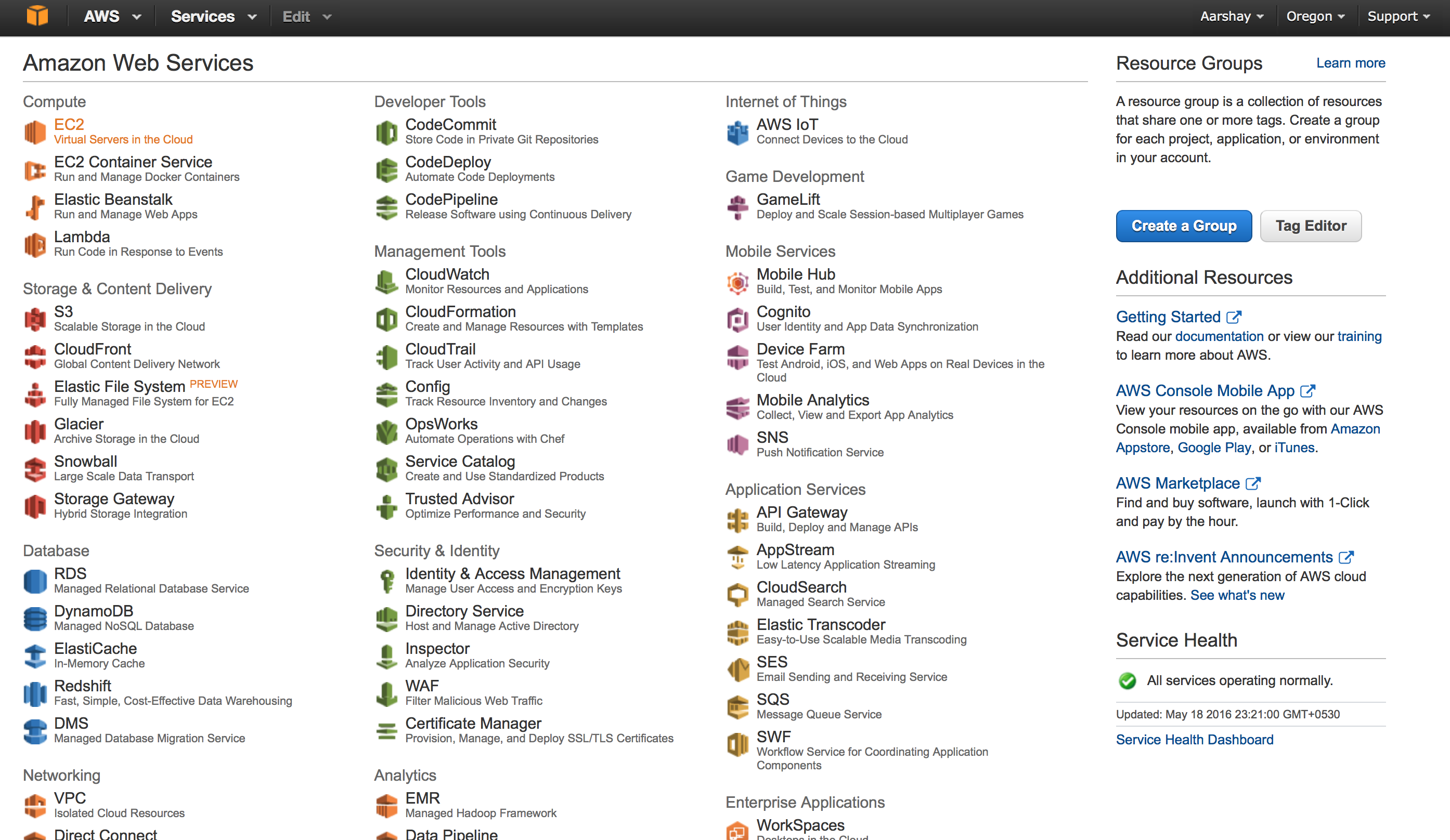This is the tenth chapter of the B2B SaaS Marketing Playbook
“Emergence describes the ability of individual components of a large system to work together to give rise to dramatic and diverse behavior.”
Action Items
1. Add Features

Stripe
Stripe Radar
Stripe attacked the pain of chargebacks with Radar. Radar complements their main business while separating them from other payment processors. (Page)

Stripe
Stripe Checkout
Stripe Checkout helps entrepreneurs quickly accept payments by providing a ready-to-use interface. (Page)

Stripe
Stripe Connect
Stripe Connect is the payment platform for other platforms. Connect helps marketplaces that need to send payments to third parties. Stripe Connect is aimed at companies such as Gumroad and Snipcart. (Page)

Airtable
Kanban, Calendar, Gallery, Spreadsheet
Airtable can be used as a kanban board, calendar, gallery, spreadsheet or database. Each view introduces a new case and extends Airtable’s target audience. (Airtable Views)

Mailchimp
Analytics
Mailchimp helps businesses promote more efficiently by providing customer insights and segmentation tools. (Mailchimp Insights)

Intercom
Customer Data Platform
Intercom creates customer profiles and help businesses segment their customers. They also track customer events across platforms and devices. (Customer Intelligence)

Zoom
Cloud Storage
Zoom has moved into the cloud storage space. The company has established an additional revenue stream by offering storage to existing customers. (Zoom Cloud Recording)

Notion
Notion Blocks
Blocks help differentiate Notion from other note-taking tools. The versatility of Notion increases as new block types are introduced.
And the company attracts a new user segment each time a new block type is created. (Product)

Webflow
Webflow Hosting
Webflow began offering hosting for sites instead of simply exporting code. This allows users to deploy sites easier and faster. In-house domain registration also means that users can connect their domains to their sites without leaving Webflow. (Webflow Hosting)

Shopify
Shopify Shipping
Nearly all Shopify store owners have to navigate the shipping conundrum. Shopify Shipping is aimed at reducing some of this friction. The company partners with carriers for lower rates, shipping estimates and online store integration. (Shopify Shipping)
2. Offer Plugins

WordPress
WordPress Plugin
WordPress and Mailchimp are a natural combination. Mailchimp’s WordPress plugin removes friction from the process of manually integrating the email platform with your blog.
Mailchimp for WordPress has over one million active installations. (Mailchimp for WordPress)

Notion
Web Clipper
Notion’s web clipper helped the company reach feature parity with Evernote. (Web Clipper)
3. Distribute to Multiple Platforms

Basecamp
Multiple Platforms
Basecamp reduces friction for users by being available on multiple platforms. (Basecamp Platforms)

Mailchimp
Mobile
Mailchimp for mobile reduces friction by allowing users to easily manage campaigns when they’re away from their desktops. (Mailchimp Mobile)

WordPress
Multiple Platforms
WordPress makes it easy to blog from multiple devices. (WordPress Platforms)

Zoom
Multiple Platforms
Multi-platform availability is critical for conferencing tools. Each platform satisfies a different customer segment. Collaboration tools, such as Airtable and Notion, also build for multiple platforms. (Zoom Platforms)

Notion
Multiple Platforms
Notion is available on multiple platforms. This allows users to work together from mobile and desktop environments. (Product)
4. Offer an API

Mailchimp
API
Mailchimp offers an API that allows customers to leverage the platform and data to build custom tools. (Mailchimp API)

Ahrefs
Ahrefs API
The Ahrefs API enables businesses to build on top of the company’s dataset and tools. In most cases, it would be inefficient for developers to recreate the wheel instead of leveraging Ahref’s API. (Ahrefs API)

Basecamp
API
Basecamp often rejects user requests that add to the complexity of their products. But they offer an API to allow customers to build their own tools. (Basecamp API)
5. Create a Marketplace or Directory

Mailchimp
Mailchimp Experts
Mailchimp experts contribute to the overall health of the ecosystem. The experts directory allows Mailchimp to keep their hand in quality without taking on less scalable business models. (Mailchimp Experts)

Mailchimp
Integration Directory
Third-party integrations increase the flexibility of the email platform. Mailchimp encourages developers to build integrations by providing distribution through it’s directory. (Mailchimp Integrations)

WordPress
WordPress Themes
Designers invest in the WordPress ecosystem by creating themes. These are platform-specific assets that make WordPress more attractive to bloggers.
WordPress helps designers with distribution by hosting a theme directory. (WordPress Themes)

Zoom
App Marketplace
Zoom shares third-party apps that integrate with their platform. The marketplace encourages others to build Zoom integration tools by offering distribution. (Zoom Marketplace)

Webflow
Designer Directory
Webflow fuels their ecosystem by providing a designer directory. The directory’s design is similar to Dribbble. (Webflow Designers)

Webflow
Template Marketplace
These platform-specific templates are designed to work with Webflow. Templates offer a way for designers and entrepreneurs to bootstrap projects and extract value quicker. (Webflow Templates)

Shopify
Shopify Apps
Shopify’s app store makes the platform extensible while encouraging developers to contribute to their ecosystem. Some developers earn income while Shopify benefits in the form of commissions and satisfied store owners. (Shopify App Store)

Shopify
Shopify Experts
Professional services are less scalable but important. Shopify Experts help fill these skill and knowledge gaps. The Shopify Experts program connects store owners with domain experts. (Shopify Experts)

Shopify
Shopify Themes
Shopify’s theme marketplace helps users customize their stores and extends platform functionality. (Shopify Themes)

Intercom
App Store
Intercom’s app store helps users integrate with other tools. These integrations are platform-specific assets that improve the Intercom ecosystem.
The most popular Intercom integrations are Stripe, Slack and Google Analytics. (Intercom App Store)

Zapier
Integration Marketplace
Zapier created a marketplace of app integrations. External teams help Zapier grow by promoting their integrations on Zapier’s platform.
Each addition to the platform has a compounding effect. New apps can integrate with other apps.
If the number of options increase from 1500 to 1501, the new integration can generate 1500 new possibilities. And each integration draws new customers to the platform.
6. Add Products

Mailchimp
TinyLetter
TinyLetter helps individuals distribute personal newsletters. This tool exists in the same space as Substack and Pico. (TinyLetter)

Basecamp
Sortfolio
Sortfolio helps people find designers for their projects. The Basecamp team understood this pain from their days as a web development agency.
Sortfolio took away from their primary focus although it was generating about $200,000 a year in profit. Basecamp sold the tool in 2012. (Sortfolio Story | Sortfolio)

WordPress
Jetpack
Jetpack is a utility toolkit for WordPress by WordPress. It helps to have security features come from a trustworthy source. (Jetpack)

WordPress
Woo Commerce
Woo Commerce enables e-commerce on WordPress sites. This makes WordPress a viable alternative to platforms like Shopify. (Woo Commerce)

WordPress
Gravatar
Gravatar helps manage identity online. It’s used by tons of sites across the web. As an Automattic tool, WordPress tightly integrates with Gravatar. (Gravatar)

WordPress
Akismet
Akismet improves the quality of the WordPress ecosystem by filtering spam. (Akismet)

Twilio
Twilio Flex
Twilio Flex brings multiple services together to establish a contact center platform for enterprise customers. Customers can customize the platform their needs. (Twilio Flex)

Ahrefs
Blogging for Business
Blogging for Business is a video course offered by Ahrefs for $799. The target audience overlaps with their existing users who have demonstrated the willingness to pay for value. (Blogging for Business)

Ahrefs
SEO Toolset
Ahrefs offers more than 15 unique tools to marketers. Each tool pulls in a new group with different needs.
Here are some of their tools:
- Site Explorer
- Keywords Explorer
- Content Explorer
- Rank Tracker
- Site Audit
- Backlink, Mention, Ranking Alerts
- Domain Comparison
- Content Gap
- Link Intersect
- SERP Checker
- YouTube Keyword Tool
- Amazon Keyword Tool
- Bing Keyword Tool
- Keyword Generator
- Broken Link Checker

Ahrefs
Ahrefs Search Engine
In 2019, Ahrefs announced plans for a search engine. The company plans to directly compete with Google. This idea would be laughable if Ahrefs was not world’s second most active web crawler. Google holds first place. (Post)

Webflow
Ecommerce
Webflow Ecommerce demonstrates the company’s aspirations beyond design. They are targeting new users and market share of companies like Shopify. (Ecommerce)

Shopify
Frenzy — Flash Sales
In 2016, Shopify launched a mobile app that helps store owners run flash sales. (Frenzy)

Stripe
Stripe Atlas
Stripe movied upstream by helping potential customers set up companies. Atlas is designed to help founders anywhere in the world incorporate their companies in the U.S. (Page)

Stripe
Stripe Issuing
Stripe makes it easy for companies to issue their own cards. This may enable new types of businesses similar to how advantaged targeting enabled D2C business models. (Page)

AWS
Apps on Apps
Each AWS service adds another reason for users to choose them over another infrastructure provider. AWS offers more than 140 infrastructure services. (List)
7. Invest in Others

Stripe
Touchtech Acquisition
Stripe’s acquisition of Touchtech helped them move into the European market. Rather than starting from scratch, Stripe decided to leverage established systems and relationships built by Touchtech. (Article)

Stripe
Investing in Paystack
Paystack is Stripe for Nigeria. Investing in other markets provides Stripe with visibility beyond the U.S. (Article)
8. Vertically Integrate

Shopify
Oberlo
Oberlo removes the obstacle finding products to sell. This service increases the number of potential Shopify store owners. (Oberlo)

Shopify
Shopify Studios
Shopify realized that customers and partners could use their expertise in making compelling videos. In 2019, they launched Shopify Studios, a full-service television and film content and production house. (Shopify Studios)
Lessons
Reduced Customer Acquisition Costs
B2B SaaS companies can lower customer acquisition costs by offering new products to their existing customers.
These companies may have a smaller learning curve than new companies because they already understand customer needs.
Stripe and Webflow are great examples of companies that frequently offer new products to their existing audiences.
The Power of APIs
Offering an API can unleash the creativity of others by giving them access to your data and tools.
B2B SaaS companies can realize new possibilities and needs by allowing external developers to build businesses on top of their platforms.
Valuable companies such as Buffer, Zapier and IFTTT are entirely built on the backs of external APIs.
The Book
This is the tenth chapter of the B2B SaaS Marketing Playbook